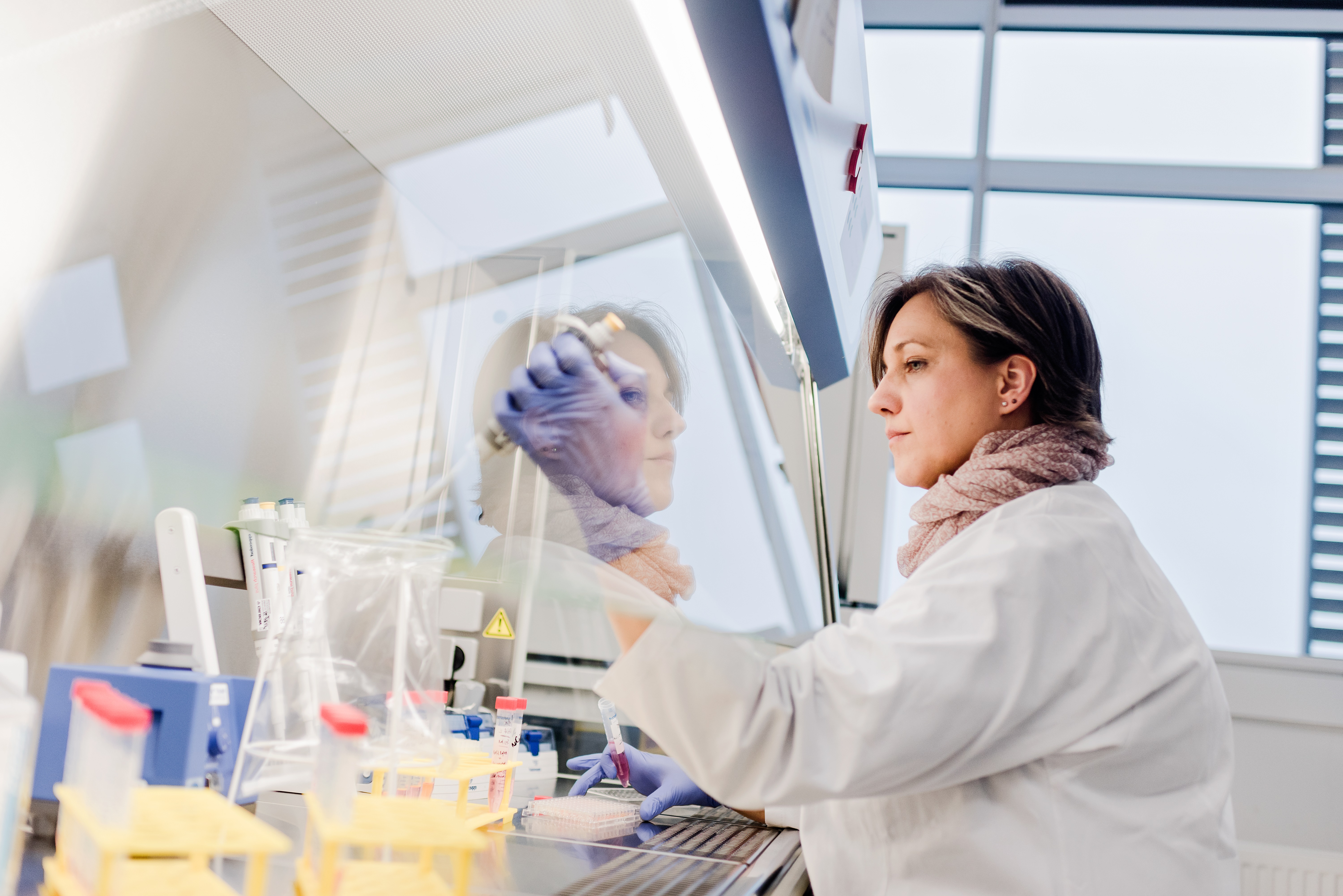We offer a broad range of in-vitro test methods that are used for pre-clinical testing of active pharmaceutical ingredients and for assessing the cytotoxic and genotoxic potentials of environmentally and occupationally relevant substances. This also includes alternative test methods in line with the current European chemicals policy (REACH).
Selection of the appropriate cellular test systems and development of the study design is performed in consultation with the sponsor, governed by a variety of criteria such as relevance of the species, organ, and target site, endpoints to be analyzed, compliance with the relevant guidelines (e.g. OECD), and any additional requirements.
Especially for the field of respiratory toxicology, we offer the development of strategies for in-vitro/in-vivo extrapolation (qIVIVE). By combining exposure characterization studies and the application of assessment strategies, this can be used as a supportive tool, for example in the development phase of cosmetic sprays, to ensure safety ("safe-by-design").
 Fraunhofer Institute for Toxicology and Experimental Medicine
Fraunhofer Institute for Toxicology and Experimental Medicine
